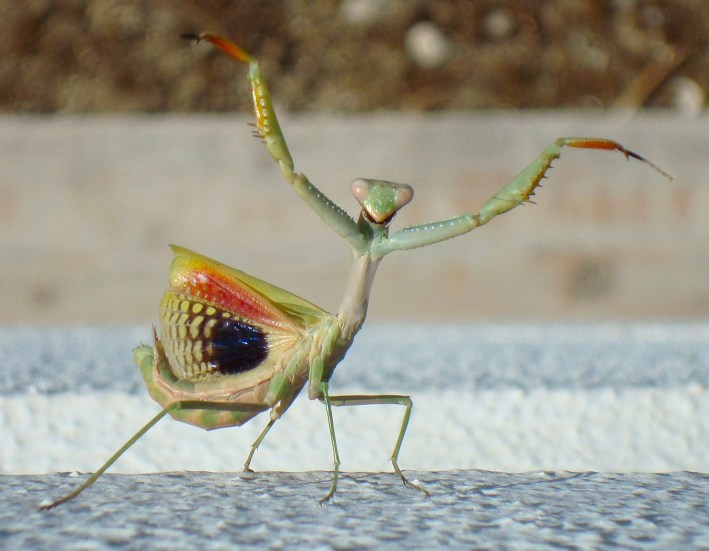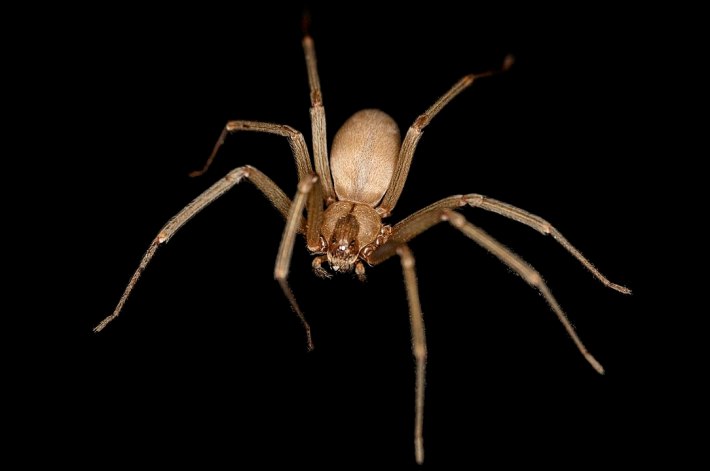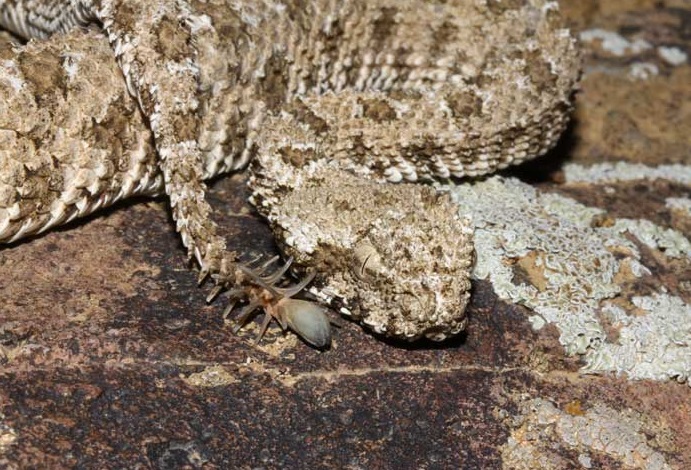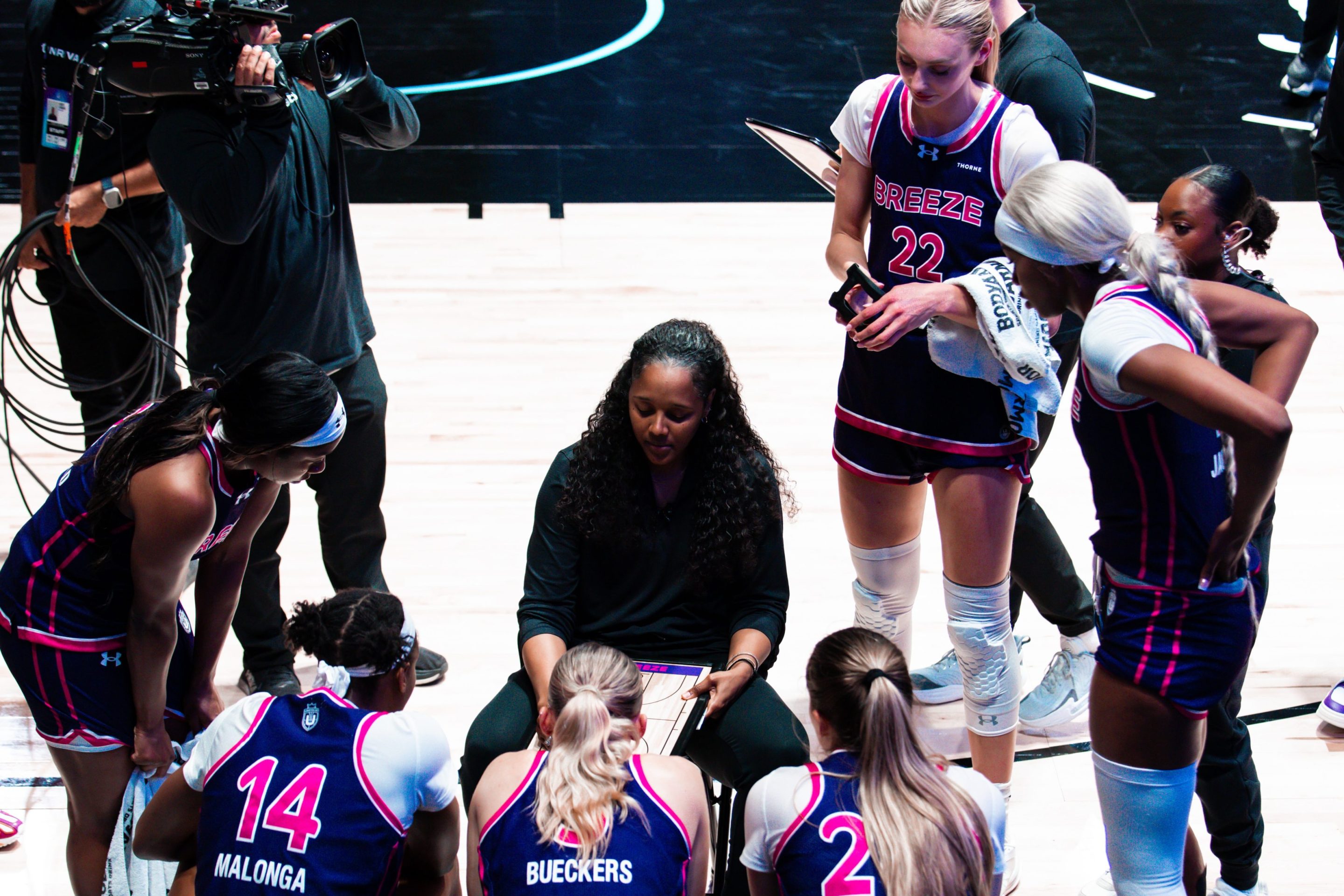At the gates of Thebes and before all the incest, the Sphinx posed a riddle to Oedipus: What goes on four feet in the morning, two feet at noon, and three feet in the evening? To the Sphinx's surprise, Oedipus answered correctly: humans, who crawl on four legs as infants, walk upright as an adult, and use a walking stick in older age.
This weekend at a press conference, Detroit Lions head coach Dan Campbell posed a similarly daunting riddle. In a series of lyric fragments, Campbell described wide receiver Josh Reynolds as "slippery," "the praying mantis," "the spider of death," and a "fricking serpent," which demands the question: What animal is Campbell thinking of here?
"I call him the praying mantis. He’s the spider of death. There’s something about him. Fricking serpent."
— NFL (@NFL) July 30, 2022
Dan Campbell's nicknames for @J_Rey_11 are too funny. 😂 (via @Lions)
📺: Back Together Saturday coverage all day long on @nflnetwork pic.twitter.com/Vd73YDVQOC
I am no Oedipus, and I do not know the answer to this riddle. It seems Campbell is either trying to 1) describe an animal that is real but whose name he has forgotten, 2) describe a super-animal chimera of real animals, like two monks inventing something, or 3) rattle off a list of high school garage metal bands. But in the spirit of investigative journalism, let us consider which of these animals, or what combination of them, would make the best wide receiver.
I do not watch football, understand its rules, or give the pigskin any passing thought in my daily life, but my editor Barry was kind enough to explain that a wide receiver is "the guy the quarterback throws the ball to." So I now understand wide receivers have to be good at catching the football and running, which are surely two very important skills in the grand old game of football, and all I need to know to move forward from here.
The Praying Mantis

I'm frankly impressed that Dan Campbell thinks of praying mantises as athletes, as insects often fall by the wayside when humans brainstorm cool and hunky animals to name sports teams after. (If there were any justice in the world, there would be a gymnastics team named after gall midge larvae!) A praying mantis has two large compound eyes and three extra simple eyes between them, and can turn its head 180 degrees, which feels helpful both in football and in life. Praying mantises are spindly and leaflike, and many species have impeccable camouflage that make them indistinguishable from a fresh or dead leaf. So the insects catch their prey by ambushing them or stalking them, and their powerful front legs can snatch and capture large prey like hummingbirds and guppies.
Could a praying mantis catch a football? The insect is about as long as a teacup, but assuming the football was proportional to the body, I would imagine they could at least scoop a football off the ground, if not intercept one cleanly. Sadly, a male praying mantis might never even make it to the NFL unless he was a virgin; a female praying mantis often eats her mate after the act.
The Spider of Death

This animal is the most confusing part of the riddle. What is the spider of death? Is Campbell referring to one spider in particular, or any venomous spider in general? Spiders certainly have a lot of legs (eight) and some species even have dense, paw-like pads of hair known as claw tufts, but can any of them catch a football? And venom, while certainly deadly to humans and other animals, does not offer a clear advantage in football. In fact, if a spider of death were to actually live up to its name and murder someone on the field, I imagine the game would be paused, with the commentators left to riff desperately as people tried to understand what had just happened, and then there would be a series of lawsuits and, eventually rival Hulu and Netflix docuseries that revealed all the spider of death overcame to make it onto the football field that day. Of course, maybe the spider of death would not bite anyone, in which case it would just be a spider of death that is all talk and no game, just like Dan Campbell. (Does this joke land??? I truly had never heard of this man until today.)
A Frickin' Serpent
I have to say I deeply admire Campbell's specific word choice of serpent, and at least this is the only animal in the list that could objectively be called slippery. Now, a modern serpent might seem ill-suited for catching anything due to its lack of hands (several fossil snakes had legs, and boas and pythons have tiny leg remnants called pelvic spurs, but these also cannot grasp anything). But a snake's ability to disarticulate its jaw and swallow something enormous means, I think, that it might be able to hold a football in its mouth and slither through the legs of anyone who would hope to catch it. And I imagine a snake would have no trouble escaping whatever it's called when all the football guys jump on to the guy with the ball and sit on him until the whistle man tweets and everyone gets up.
A Mythical Slippery, Frickin' Serpentine Praying Mantis-Spider of Death

Perhaps Campbell was not thinking of a beast of today but a beast of yore, something that, were it not for the onslaught of time and the vanishing of fantasy, would have absolutely crushed it as a wide receiver for the Detroit Lions. Perhaps Campbell was instead thinking of the manticore, which has the head of a man, the body of a lion (on theme), and the tail of a scorpion (an arthropod, ticking off the mantis/spider boxes) and is known to eat humans (fulfilling the "death" modifier). Every medieval illustration of a manticore I saw on the internet was exceedingly alarming; one visibly tusked version, apparently the badge of the 15th century Lord William Hastings, boasts a sizable set of balls. The manticore does not appear to have opposable thumbs, which would certainly hinder its ability to carry a football. And though the Wikipedia list of legendary creatures organizes them according to what real-world animal they resemble, it unfortunately lacks a way to filter the creatures according to who has opposable thumbs. Is a manticore slippery? Not in the traditional, wriggly sense. But every manticore I've seen boasts tresses so luscious they could carry a L'Oréal commercial, which I imagine would make it easier to slip by players who would be foolish enough to think they could tackle a manticore.
A Real Slippery, Frickin' Serpentine Spider of Death

It took me a day of googling to find anything living that Campbell could have been describing accurately, but I think I've found it. Meet the Iranian spider-tailed viper, a snake with a spider-shaped lump on its tail. The mimicry is so convincing that when scientists first saw the snake, they assumed the tail tip was simply a camel spider clinging to the snake. Scientists believe the viper uses its tail tip as a lure, leading hungry frogs and birds to their eventual demise (although the snake's trickery can lead to bodily harm if an enterprising bird bites the whole lure off). Is this snake extremely metal? Hell yeah. Would it actually make a great wide receiver? Hard to say. Does Dan Campbell even know about the Iranian spider-tailed viper? Probably not.
Ultimately, if we go with the safest assumption, which is that Dan Campbell doesn't actually have a cohesive idea in his mind before he opens his mouth to release a stream of words, and that the animals he listed might not actually exist in his mind as excellent wide receivers but rather animals with cool-sounding names, then anything can be a wide receiver. Why should words mean anything when they could mean nothing! But if you know of an animal that would truly make a great wide receiver, sound off below.






